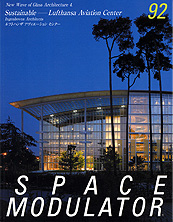What architecture tries to make People's unexpected encounters and fostering innovative ideas
How to achieve oneness among the residents in huge buildings
To turn huge office buildings into creative spaces one needs to design them, so that numerous informal and unexpected encounters can take place. For that purpose our work focuses on big open workspaces instead of those rows of cubicles, which are still very common. The floor plans must be designed to have diversity in horizontal and vertical directions.
It is also desirable that corridors are designed, so that office workers have the opportunity to meet other employees and enjoy informal communication. The German writer Walter Benjamin once said that people gain new experiences by being forced to move through the city as passengers for a limited period of time. Brilliant and innovative ideas are not conceived in solitary situations or in stagnant contact with the same people. Such ideas only arise from varied contacts with strangers. That is why we always try to create an environment that encourages unexpected encounters. In conventional office buildings an employee would sit next to, and work with, familiar co-workers. After work he would go out of the office, down the nearest staircase to the parking lot, and head home. Such a situation is catastrophic! To avoid such situations I elaborated on the passage settings in the Lufthansa building, so that many unexpected encounters could take place.
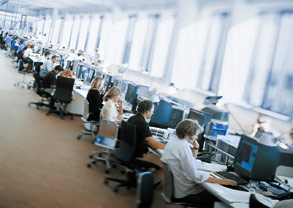
Ingenhoven Architects office, Dusseldorf
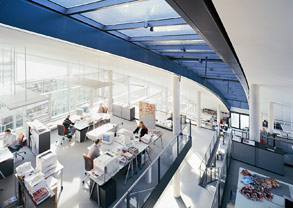
Burda Media Park, Offenburg
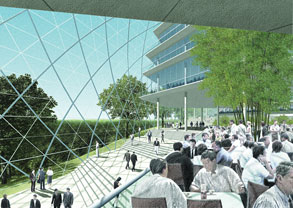
Winter garden of EIB (European Investment Bank), Luxembourg
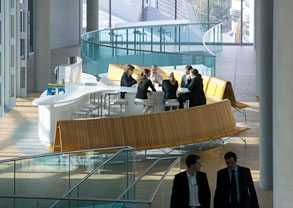
A meeting point of the LAC, Frankfurt-am-Main

